Space
-
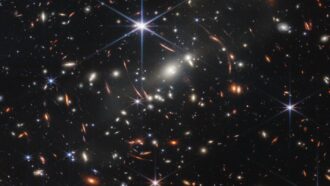 Space
SpaceDid James Webb telescope images ‘break’ the universe?
James Webb data show bright, massive galaxies that would appear to require new physics to explain. But maybe not, Hubble data suggest.
By Adam Mann -
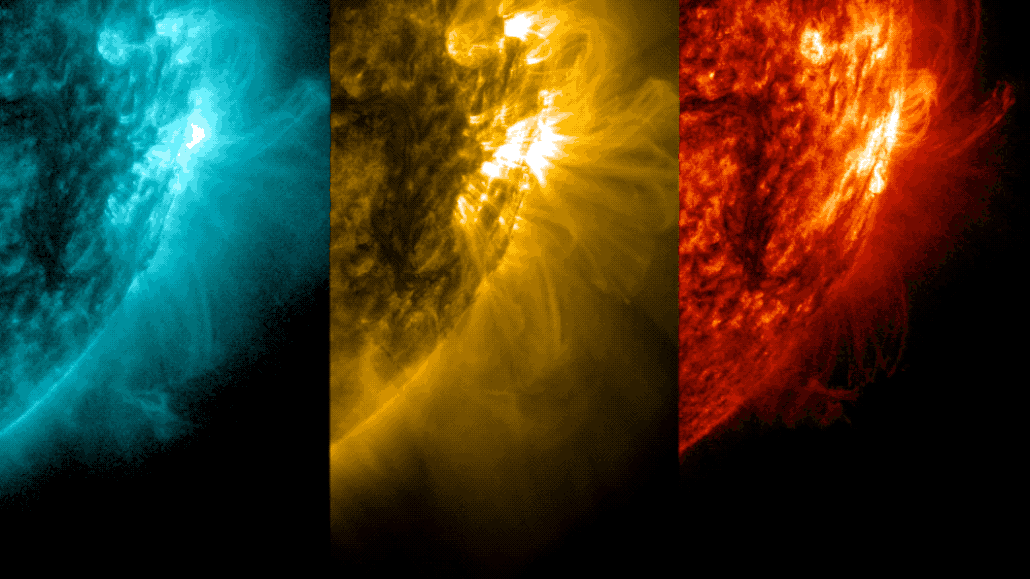 Space
SpaceExplainer: What is the solar cycle?
Here’s what causes the sun’s 11-year cycle of activity and what it means for us on Earth.
By Adam Mann -
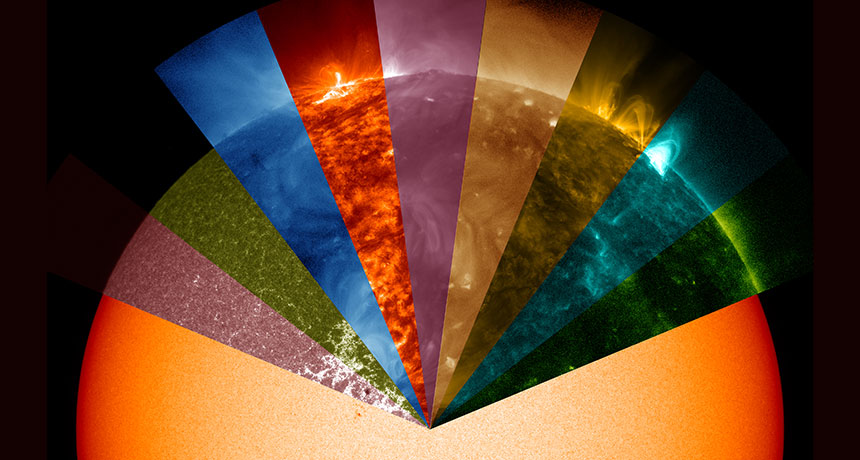 Space
SpaceScientists Say: Corona
The sun’s corona can only be seen without special instruments during a total solar eclipse.
-
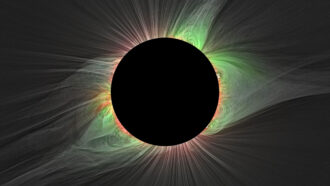 Earth
EarthGet ready for the 2024 total solar eclipse
A total solar eclipse will race across North America on April 8, 2024, providing a rare opportunity for both scientists and casual observers.
-
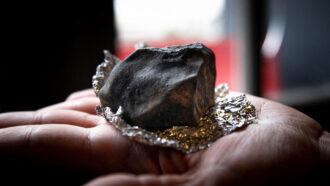 Space
SpaceLet’s learn about meteorites
Meteorites are bits of space rock that have crash-landed on Earth — or on another celestial body.
-
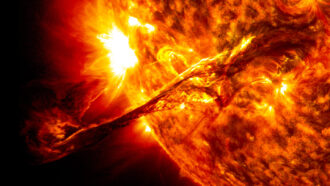 Space
SpaceScientists Say: Solar Cycle
This roughly 11-year cycle in the sun’s activity can affect space weather that messes with Earthly technology.
-
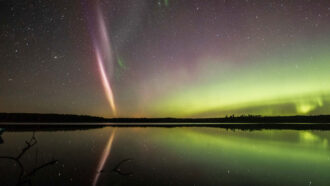 Earth
EarthThe weird sky glow called STEVE is really confusing scientists
Researchers are trying to figure out the recipe of atmospheric conditions that creates this aurora-like light show.
-
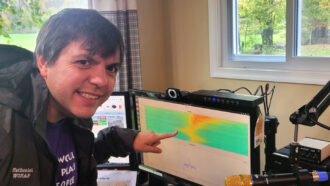 Space
SpaceThis space physicist uses radios to study eclipses
Nathaniel Frissell uses radio data to study how eclipses affect a layer of the atmosphere called the ionosphere.
-
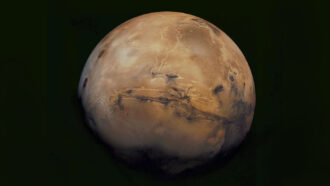 Planets
PlanetsHuge polygons on Mars hint its equator may once have been frozen
A Chinese rover used radar to reveal long-buried terrain. The discovery hints that Mars’ equator was once much colder and wetter.
By Elise Cutts -
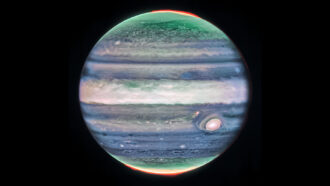 Planets
PlanetsJupiter has a never-before-seen jet stream — and it’s speedy
Spotted in images from the James Webb telescope, the high-altitude current may help untangle the workings of the giant planet’s atmosphere.
-
 Space
SpaceBlack holes and activism inspire this astrophysicist
Mallory Molina is looking for supermassive black holes — and helping others find their place in the field of astronomy.
-
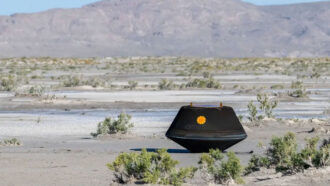 Space
SpaceNASA’s OSIRIS-REx spacecraft brought back bits of the asteroid Bennu
Dirt from the asteroid Bennu could hold clues about the material that built our solar system — and possibly where life comes from.